Kuwait’s Economy: Outlook 2012, GDP, Inflation, Current Accounts & Monetary Policy
The Kuwaiti economy is over-dependent on oil and gas sector and lacks diversification in the non-oil sectors.

Economic Overview
The Kuwaiti economy is over-dependent on oil and gas sector and lacks diversification in the non-oil sectors. The most important non-oil sectors are real estate, construction, service, retail, and financial services.
Kuwait’s Post Crisis Economy 2008-2010 Years
Kuwait’s macroeconomic performance during the years prior to 2008 was strong due to high oil prices and growing private sectors, especially real estate and financial services, but performance during 2009 was adversely affected by the economic crisis and the drop in oil prices. From a 2008 high of around USD 137 per barrel, the sharp drop in oil price to USD 37.5 per barrel at the beginning of 2009 dramatically reduced the fiscal and external current account surpluses.
Kuwait’s economy was hit hard during 2009 mainly on the back of lower oil prices and production cuts.
Lower oil prices and production cuts caused real estate and asset prices to plunge and external financing for companies to dry up.
Kuwait current account surplus fell to KD 8.2 billion (USD 28.5 billion) in 2009, after increasing by more than tenfold over the past decade to KD 17.4 billion (USD 64.8 billion) in 2008. Also Oil GDP contracted by 35% during 2009 to KD 15.9 billion.
Kuwait’s Economy: Outlook 2012
The 2012 outlook for the Kuwaiti economy will be tied to a crude oil price expected to remain above the USD 100 per barrel level, based on speculation that global crude demand will increase in 2012 by 1.2 million barrels to reach 89 million barrels per day. Nevertheless, several factors including supply and demand, geopolitical tensions and production capacity from non-OPEC members will weigh on crude oil prices.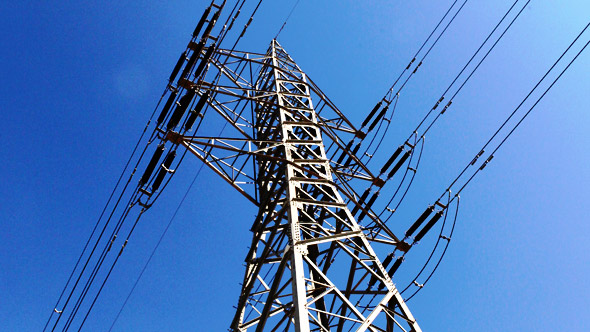
Kuwait: GDP
Kuwait’s nominal GDP slumped 23% in 2009 to KD 30.5 billion (USD 110 billion). It grew 17% in 2010 to KD 35.6 billion (USD 128.5 billion) on the back of higher crude oil prices as Oil GDP increased 23% to KD 19.4 billion (USD 69.6 billion).
A 25% growth in the Kuwaiti economy is forecast for 2011, reaching KD 44.6 billion, (USD 160.5 billion) backed by the strong and stable oil prices as well as a recovering private sector. Year 2012 is also expected to witness a healthy growth rate of 12% in nominal GDP to KD 50 billion (USD 180 billion) backed by robust oil prices, increase in oil production along with a recovery in the non-oil sectors.
The expected government regulatory initiatives and increased projected spending are likely to play a major role in pushing the economic performance higher.
According to a report by Global Financial House (GIH) “the non-oil GDP witnessed an increase of 12% in 2010 driven by a 28% jump in trade and 22% jump in the manufacturing sector. In real terms, as per IMF estimates, the GDP recorded a growth of 3.4% in 2010 to reach KWD19.3bn. The growth was driven by a 3.2% increase in oil and 3.5% increase in non-oil activity. Since December 2010, Kuwait increased its oil production to assist in the effort to stabilize the global oil market. In real terms, for 2011, the IMF estimated the economy to grow by 5.7%.”
The main contributor to Kuwait’s GDP is the hydrocarbon sector, “it represented an average of 54% of nominal GDP during in 2010 and an expected 58% during 2011” states the report.
The report concludes that the IMF estimates the GDP growth at around 5.5% for 2011 but warns that “continued deleveraging in the financial sector, slow credit growth, and a seemingly slower implementation of the authorities’ 2010-2014 development plan driven by domestic politics hindered growth which [is ] believe[d] relatively weak.”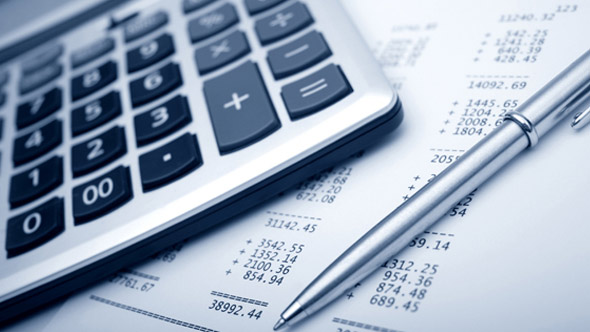
Kuwait: GDP by Economic Activity
As for the GDP by sector the GIH adds “the share of crude petroleum and natural gas in GDP went up to 51% level against 49% in 2009. During 2011, oil prices continued to increase further and averaged USD105.6 per barrel, which is expected to increase the contribution of oil to GDP further.”
At the same time “community and Social Services, the biggest non-oil component and accounting for almost 16% to Kuwait’s GDP in 2010, grew by 9.4% to reach KD 5.6 billion while the Financial Institutions sector, the second largest non-oil sector and contributing 10% to Kuwait’s total nominal GDP witnessed a 6% growth to reach KD 3.6 billion. During 2009, the sector had declined by 22% with investment companies incurring huge losses.”
“Among other leading sectors that contributed to the non-oil growth were the Transport, Storage and Communications, Trade and Manufacturing sector growing by 14%, 28% and 22% respectively. The three collectively contributed 18.2% of the Kuwait’s GDP.”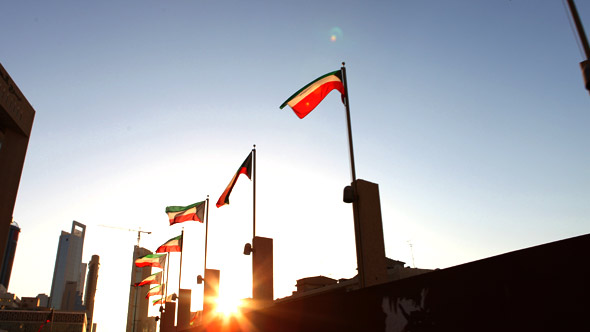
Kuwait: Inflation
GIH further believes that inflation should remain stable and slowly come down on the near term horizon as pressure from high commodity prices eases.
“based on the 2011 year ending report from the Central Bank of Kuwait, inflation as measured by the Consumer Price Index (CPI) equaled 148pts in 2011, and compared with its 2000 base year, the increase of prices was at an average of 4.8% against 2010 prices when it was at 4%. The increase in inflation in 2011 was primarily due to higher international food prices However since the beginning of 2011, inflation has been on the slide and for the month of December, stood at 3.1% y-o-y (measured by CPI General Index), and the lowest recorded in the previous nineteen months.”
“Many factors led to the surge in inflation rate in 2011, primary among which was the pressure from global food prices. At the same time, the Amir’s decision in early 2011 to increase direct transfers to citizens (KD 1,000 per citizen and free food for 14 months) exerted upward pressure on prices, as did the government’s move to increase public sector workers’ salaries following a series of strikes.“
“Kuwait annual inflation rises to 3.8% in February 2012 Vs 3.5% In January 2012. With pressure from international food and commodity prices expected to ease in coming months and a cautious domestic credit growth, inflation is expected to come down in the near term. For 2012, IMF projects Kuwait’s inflation to slow down to 3.4% while EIU estimates it to come down to 4.4%.“
Kuwait: Public Spending
Kuwait has recorded consecutive budget surpluses over the last decade due to high oil prices. Kuwait’s budget takes into account two variables the production of oil and oil prices.
According to GIH “Kuwait’s 2011/12 budget assumed the oil price per barrel to be USD 60, while the actual price of the KEC is expected to be around USD 110 on an average. Total government revenue is expected to reach KD 29.5 billion for 2011/12 while expenses even if they touch the usually budgeted high figure of KD 19.4 billion will amount to a budget surplus of KD 10.1 billion.”
Nevertheless, public spending in Kuwait is coming under more scrutiny. The GIH report admits massive growth in government expenditures “during 2010/11, Kuwait recorded its twelfth consecutive annual fiscal surplus despite a massive 44% rise in expenditures. The total surplus for 2010/11 stood at KD 5.3 billion as against KD 6.4 billion recorded in the previous year.”
Finally, GIH predicts that “Kuwait is to post its fourteenth consecutive surplus in FY2012/13.“
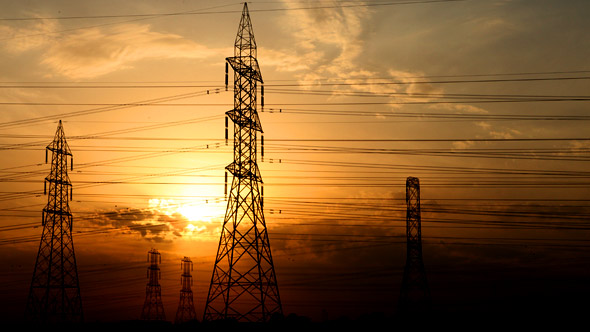
Kuwait: Current Accounts
As expected, the report by GIH shows that “oil continued to dominate total exports of Kuwait in 9M2011, as it did with total government revenues. On average, oil exports have accounted for 94% of total exports from 2005 to 9M-11. Since 2003, oil prices have witnessed rapid growth which enabled Kuwait to reach high level of exports during that time.“
The Central Bank of Kuwait adds, “the country’s non-oil exports mainly consist of chemicals (which are a byproduct of oil), machinery and equipment, manufactured goods, and re-exports.“
Due to a large Current Account increase in 2011 based on our expectations, the Overall Balance is expected to witness a significant increase in the surplus in 2011.
Non-oil exports have, however, been growing slowly over the past decade due to the government’s ongoing efforts to diversify the economy away from oil.
Observing the trade partners, a report by EIU estimates that “Asia continued to be the largest importer from Kuwait in 2010 (Japan 14.0%, India 12.9%, South Korea, 11.6%, China 9.1% and United States 7.2%). In terms of the origin of Kuwait’s imports: United States stood at 13.6%, China at 9.1%, Japan at 7.0% and Germany at 5.9% of total imports, while Saudi Arabia was the largest Arab exporter as it represented 6.6% of Kuwait’s imports.”
GIF report concludes that “the overall Balance of Payments surplus at the end of 2010 stood at KD 159 million. Despite the increase in the Current Account’s surplus, the increasing deficit of the Financial & Capital Accounts and Other Accounts led to the significant decrease in the Overall Balance in 2010. Due to a large Current Account increase in 2011 based on our expectations, the Overall Balance is expected to witness a significant increase in the surplus in 2011.”
Kuwait: Monetary Policy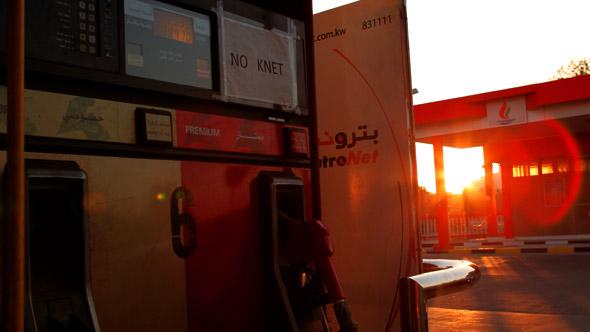
Kuwait was the first country in the GCC to abandon the US Dollar peg. Kuwait abandoned the US Dollar in 2007. Although the move helped to curb inflation a GIH report says “Kuwait was de-pegged from the US Dollar and pegged to a basket of international currencies. However, the currency with the largest weight in the basket is the US Dollar. Therefore, Kuwaiti interest rates usually follow the movement of the US interest rates set by the Federal Reserve.”
Kuwait has an independent Central Bank that manages monetary policy of the country and sets interest rates.
GIH believes that “Kuwaiti rates are forecast to stay largely unchanged until the Federal Reserve starts to tighten policy, which we do not expect to happen until late 2014. The Central Bank last cut its discount rate, by 50 basis points to 2.5%, in February 2010. Since then there has not been any rate cut. However, in between 2008 and 2010, the Central Bank made six cuts on its Discount Rate and brought down the discount rate from 5.75% to 2.5%. CBK also lowered its interest rate on repurchase of certificates of deposit from 3.5% in 3Q08 to 2.5% in 4Q08 in line with several cuts by the US Federal Reserve.”
“Monetary policy has continued to remain expansionary since the onset of crisis in 2008. At the end of 2011, the money supply, as measured by M1, grew by 21% to reach KWD6.6bn. The M1 increase was mainly backed by the growth in Monetary Deposits, which witnessed a 20.9% increase to reach KWD5.6bn in 2011. Currency in Circulation also witnessed a solid gain of 22% to reach KWD1,025mn at the end of 2011. On a CAGR basis, M1 has grown at a CAGR of 13.2% from 2006 to 2011.” summarizes the report.
Kuwait: Credit Market
Lastly, the GIH report also highlights the credit growth in Kuwait which, “remained more or less stagnant growing by a marginal 1.6% for the year 2011. The marginal increase was an outcome of the rise in credit to Personal Facilities sector (by KD 490 million or 5.8%) and credit facilities to the Real Estate sector (by KD 290 million or 4.5%) and the Industry sector (by KD 132 million or 8.2%). On the other side, credit to the Non-bank Financial Institutions sector declined (by KD 457 million or 16.1%), the Construction sector (by KWD68 million or 3.9%), and the Crude Oil & Gas sector (by KD 38 million or 18.1%) during 2011.”
Leading Research on Kuwait’s Economy:
KAMCO
Kuwait Economic Outlook 2011
Global Investment House
NBK Bank